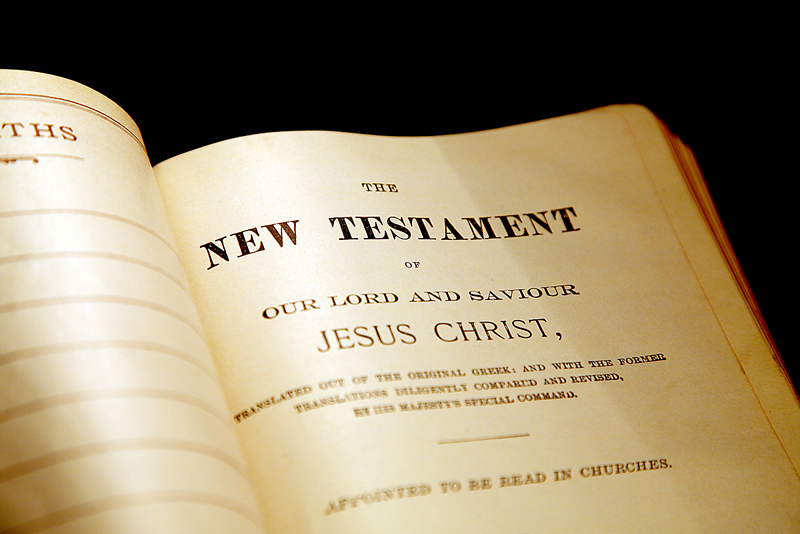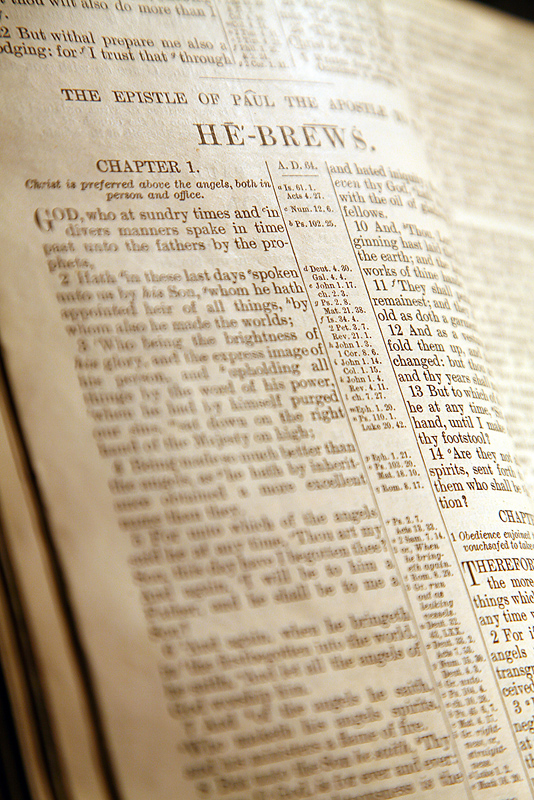John 21:24, We know. What now follows is discussion of the “we” passages in the writings of John.
James, the brother of John had been martyred in Jerusalem in the early sixties a.d., Peter in Rome in the mid to late sixties, and now it was left up to John, the remaining apostle, to finalize the New Testament canon. What is the proof of his hand in this task, and did he do it alone or did he have helpers—an editorial staff, if you will?
“John did not create the New Testament on his own. He had helpers. If one will read the writings of John carefully, these assistants can be recognized, and they played a very important part in the overall canonization. References to them are found from time to time cropping up within the contexts of John’s compositions. The elders who helped John were very important. … [M]any of them were eyewitnesses to the teachings of [Yeshua] in Judaea and they also saw him alive after his resurrection from the dead. They were a part of those 500 people still alive in a.d. 55 who Paul said were witnesses to [Messiah’s] resurrected body (1 Cor 15:6). This means that they were certainly Jewish Christians” (Martin, p. 398). At this point, Martin directs our attention to the “we” passages in John’s Gospel and epistles.
The first instance of a “we” passage is at the beginning and at the end of John’s Gospel. Chapter one starts with a “we” passage, and then throughout the 21 chapters of this Gospel John has recorded what Yeshua taught him, but then in John 21:24 there is a remark in the text that interjects what others besides John had to say about the Gospel of John. (ibid.)
John 1:14, And the Word was made flesh, and dwelt among us, (and we beheld his glory, the glory as of the only begotten of the Father,) full of grace and truth. (emphasis added)
John 21:24, This is the disciple which testifies of these things, and wrote these things: and we know that his testimony is true.
“Notice the abrupt change from the third person singular to the plural. The last part of this verse is introducing further witnesses, other than John (who are identified only by the pronoun “we”). Who were these men? In the Gospel they are not identified, but it can reasonably be assumed that the first readers of John’s Gospel must have been aware of their identities. They must have represented an officially recognized body of men since they boldly gave their witness to John’s written word, “And we know that the witness he [John] gives is true” (ibid., pp. 398–399).
This is just the beginning of the “we” passages. They occur numerous times in John’s short epistle to testify to the veracity of what John is saying pertaining to his recording of the Gospel account. In these writings, we see that in the middle of John’s narrative there will suddenly be an inclusion of a “we” passage as if to lend credibility to what he is saying. Examples of this are:
1 John 1:1–4, 1 That which was from the beginning, which we have heard, which we have seen with our eyes, which we have looked upon, and our hands have handled, of the Word of life; (for the life was manifested, and we have seen it, and bear witness, and show unto you that eternal life, which was with the Father, and was manifested unto us😉 that which we have seen and heard declare we unto you, that ye also may have fellowship with us: and truly our fellowship is with the Father, and with his Son Yeshua Messiah. And these things write we unto you, that your joy may be full. (emphasis added)
1 John 4:11, And we have seen and do testify that the Father sent the Son to be the Savior of the world. (emphasis added)
3 John 12, … and we also bear record; and ye know that our record is true. (emphasis added)
“It is clear that a body of men, other than John himself, was telling the readers of his [First and] Third Epistle[s] that they too were witnesses to the truth that John was stating. These Continue reading





